Lomandras are excellent plants to use in native garden design.
Wide variety of lomandras on offer
With a range of sizes and forms, foliage colours and textures, interesting flowers and general reliability, Lomandra species deserve to be more widely grown. Known commonly as mat rushes, there are over 50 species available in Australia. They grow everywhere except the Northern Territory.
A specialist nursery such as Ozbreed grows them for landscape use. They also produces cultivars with varying forms and sizes. In addition, there are many species available in local native nurseries. Here’s a short video on identifying local to NSW lomandras.
As an added feature, lomandras have beautiful flowers and some a stunning bush scent which fills the air throughout the garden. As some flower spikes are spikey, stay clear at these times.
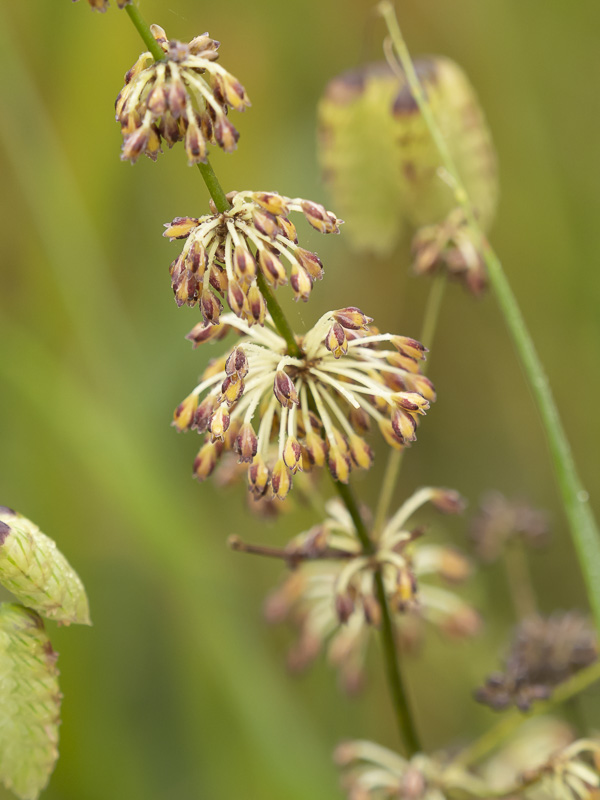
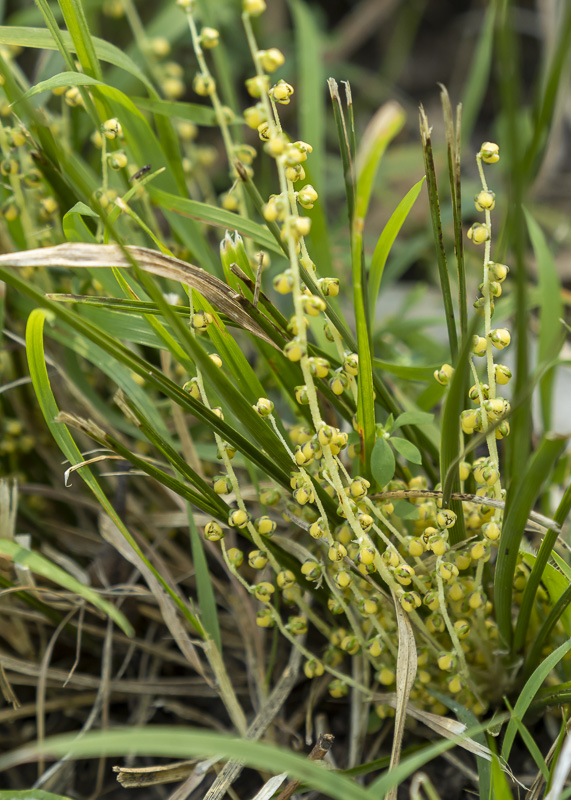

As with any plants we put in our gardens, it’s important to match your Lomandra to your site conditions, to ensure healthy growth. Here are some options for using lomandras in your native garden.
Massed planting on edges
Lomandras are perfect for massed plantings or linear edging. Massed plantings at very close spacing are common along major roads and freeways. Impressive in scale, potentially these plantings would be boring without the moving perspective as seen from our cars.
Along a pathway or driveway, they create a beautiful avenue of movement as they sway in the breeze and lead the eye up the drive.

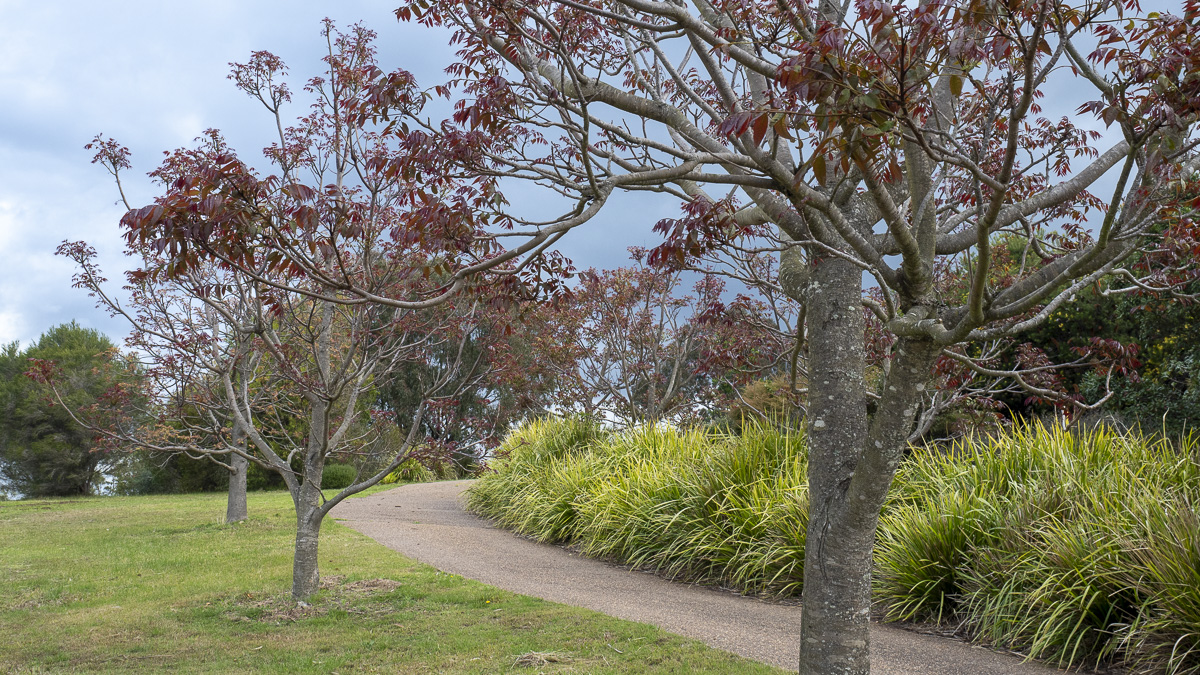
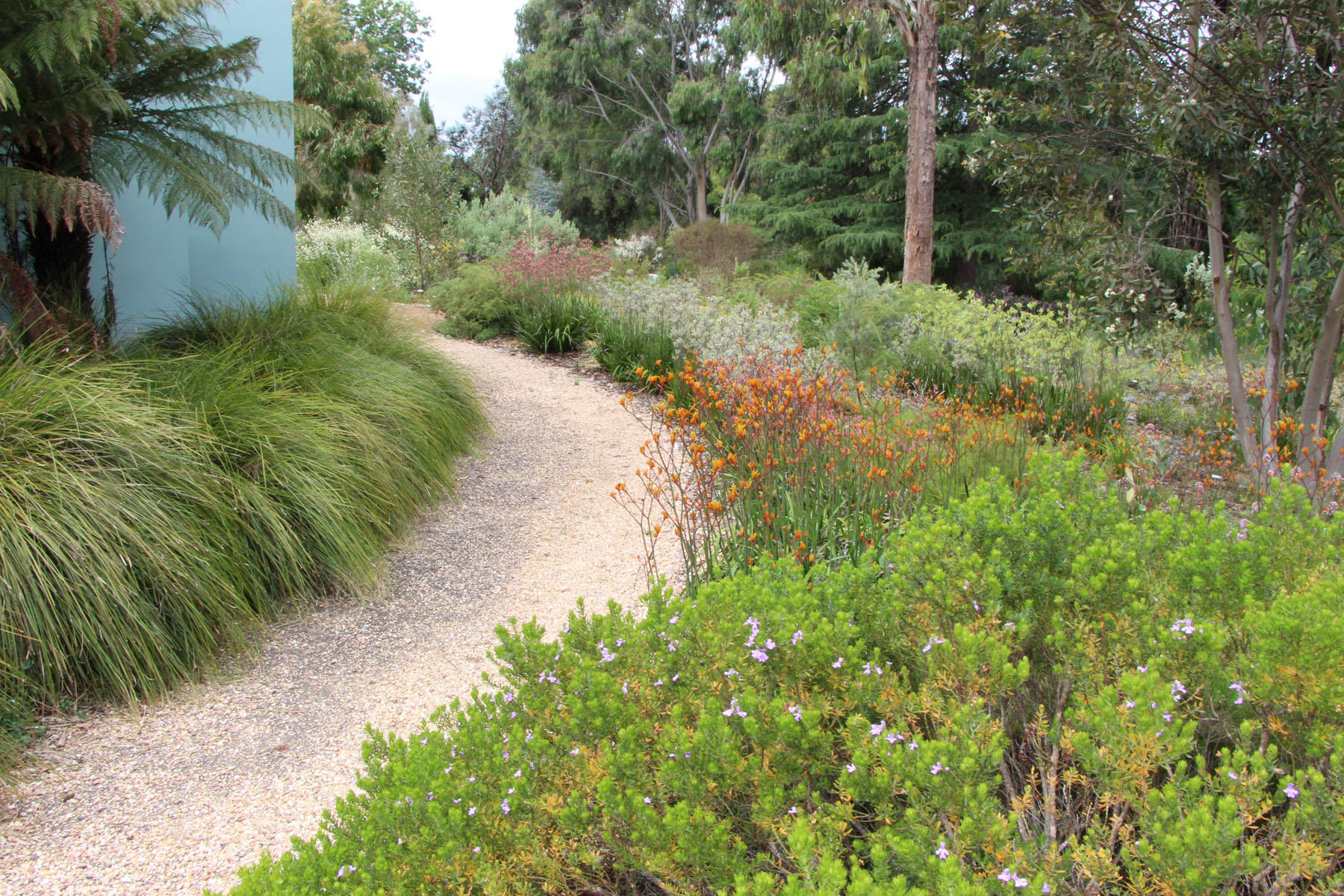
Varying planting densities or mixings species or forms to create swales of different heights, colours or textures creates greater interest and variety in these plantings.
Accents in the garden
A key differentiator of this species is its contrasting form. Without trunks, stems and branches the linear leaves appear to radiate from a fixed point and our eye is naturally drawn to that point. Individual plants can be used to create accents in a garden. Placed at intervals along a path they can add interest to our journey by progressively switching our attention from one area to the next.
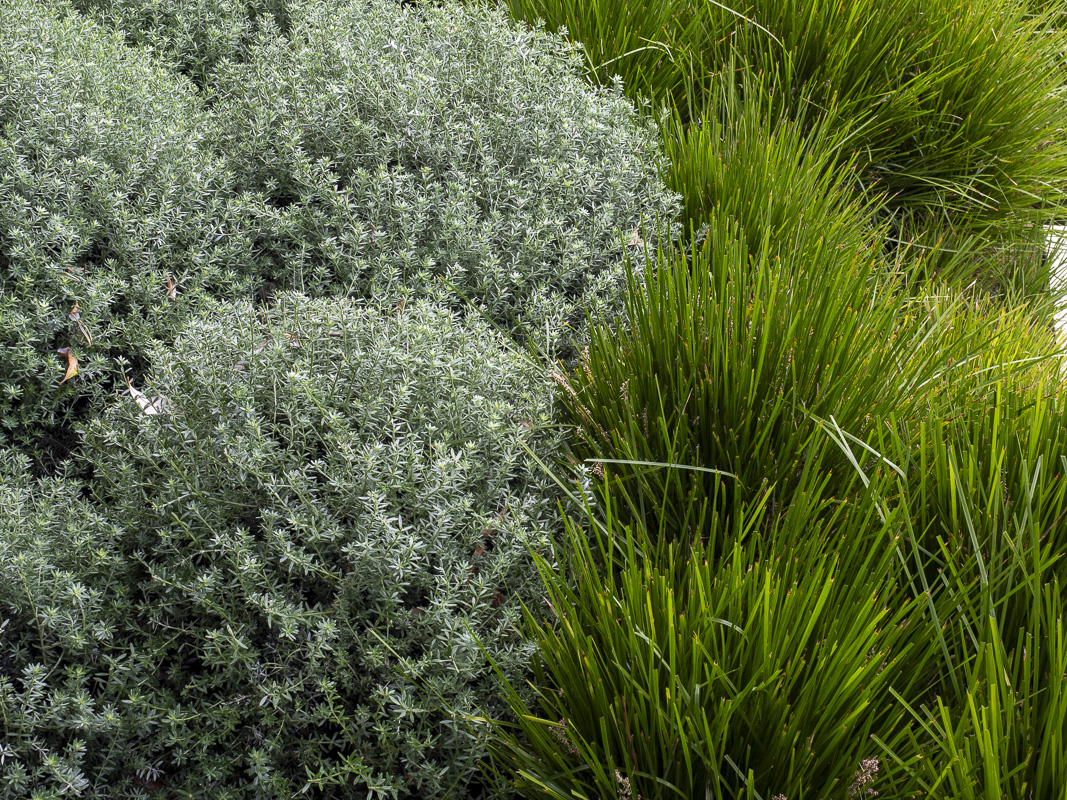
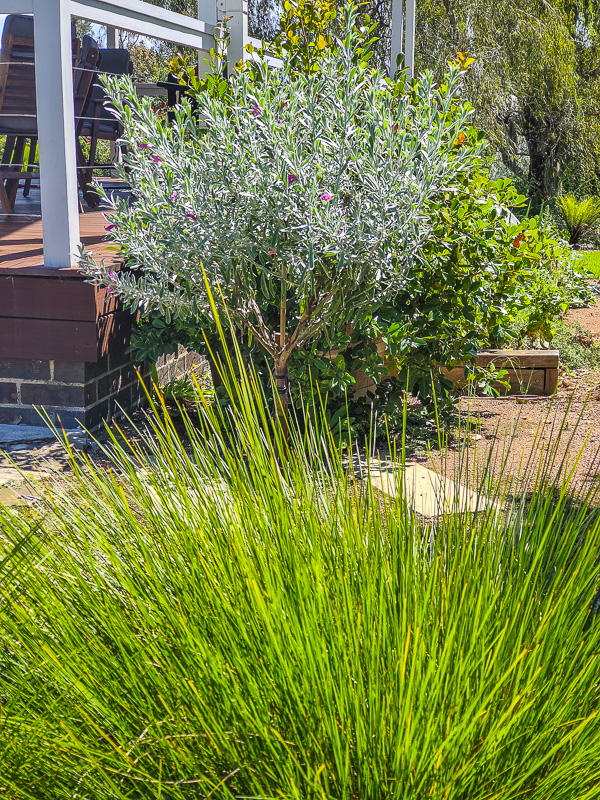
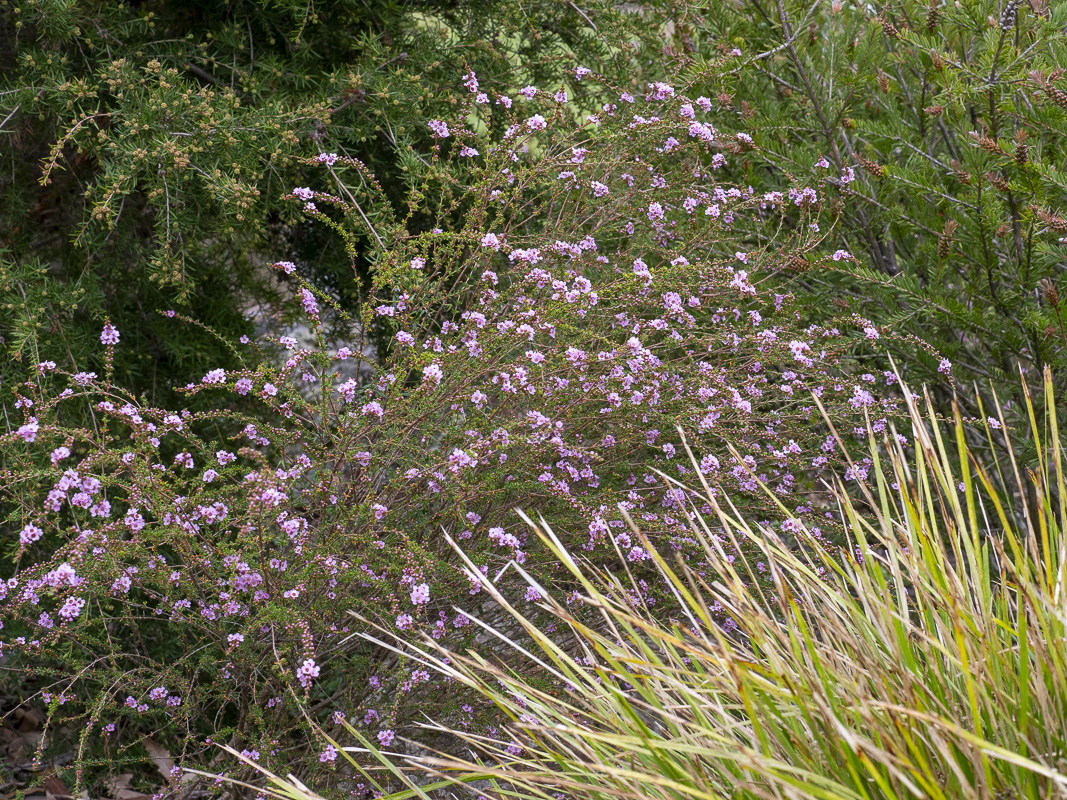
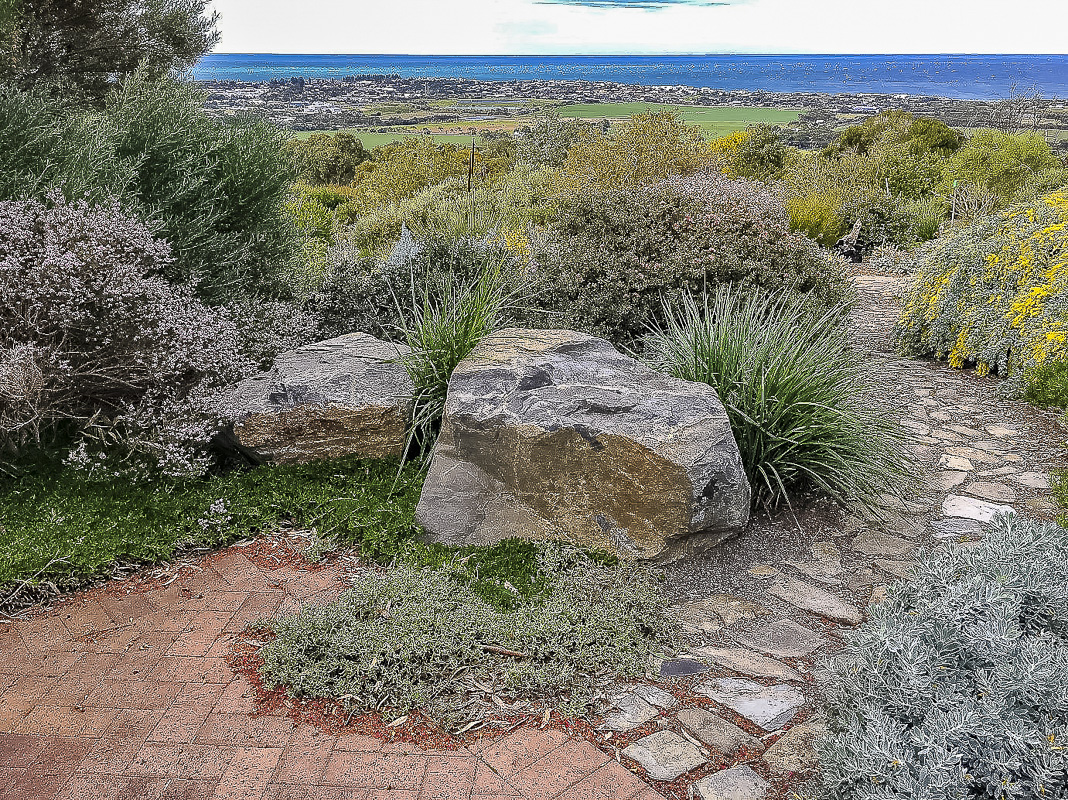
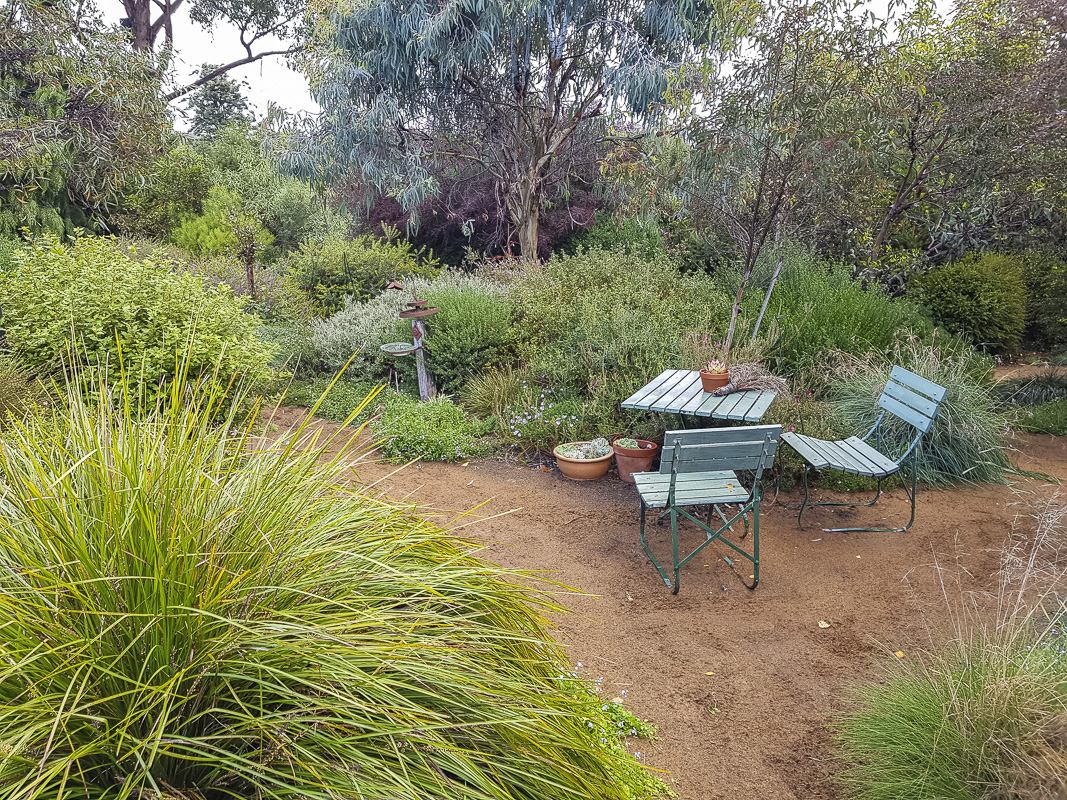
Large scale plantings
Incorporated into large-scale plantings of trees and large shrubs, informal massed plantings of lomandras (at sufficient spacing to allow for the natural form of individual plants to develop) can be very attractive. These linked underplantings unite an area and create a much more open and relaxed effect by providing visual access to more of the design.
Smaller drifts in the garden and around ponds
Drifts of smaller species in the garden can introduce a feeling of greater depth by encouraging the eye to move deeper into a garden bed, or ‘movement’ by directing the eye towards a new area or vista.
Lomandras are perfect around ponds and water features, with their strappy leaves, creating additional habitat for the birds and insects.
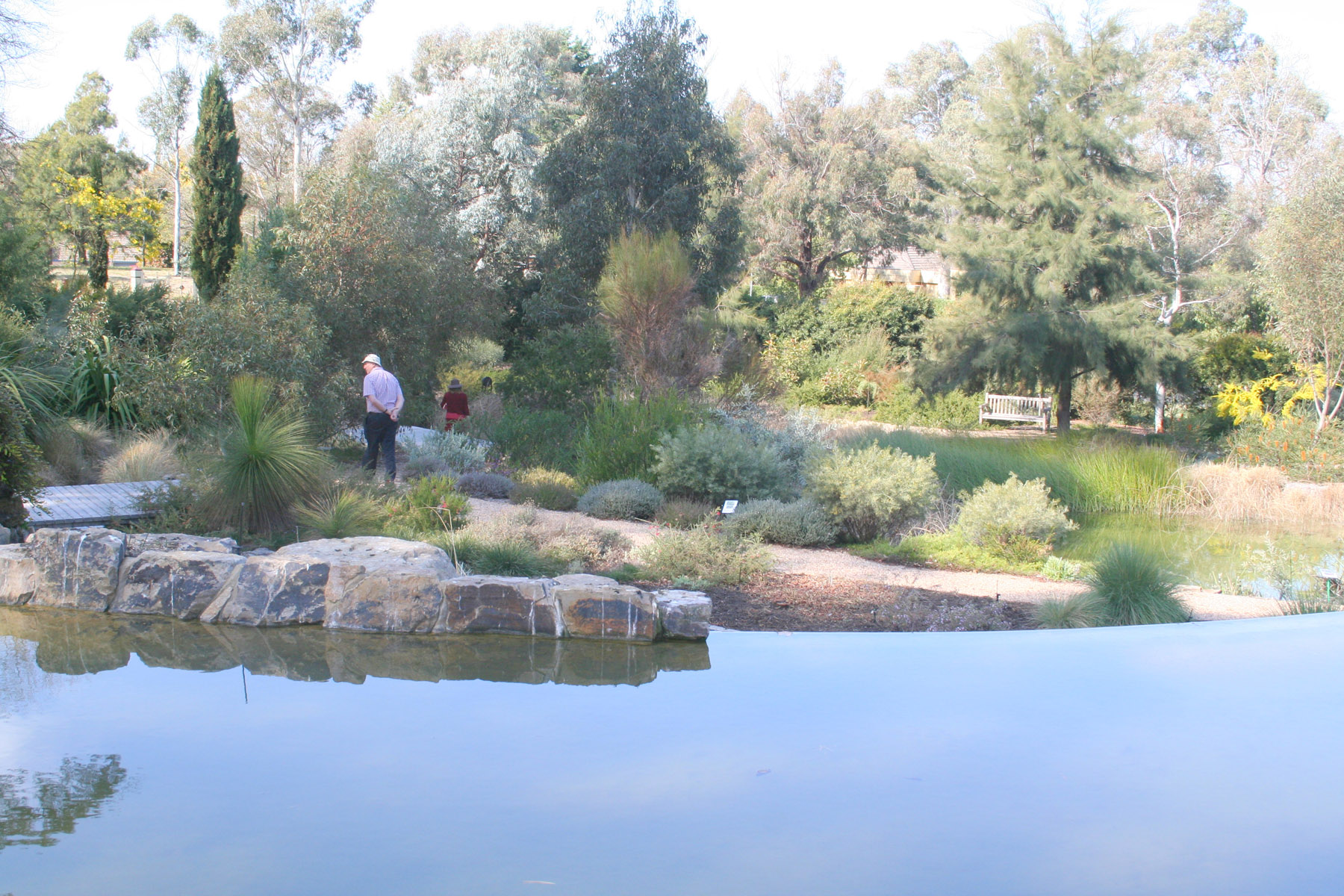

Incorporating indigenous species
Ideally indigenous species are included in gardens and revegetation projects to maintain local character. They provide important habitat for insects and butterflies.
In informal and naturalistic gardens lomandras naturally complement rock outcroppings and are attractive next to boulders around ponds or pools.
Formal gardens
In formal gardens many species are suitable for border plantings. One example is to place a fine leaved species with grass trees and produce a simple but stunning effect. This style works well in a discrete area like a courtyard garden or in pots or large containers or planter boxes in private or public spaces.
Lomandra are perfect for growing in a pot. With the leaves flowing over the pot in a circular form, it creates the perfect complement to a different shaped and colours shrub behind.
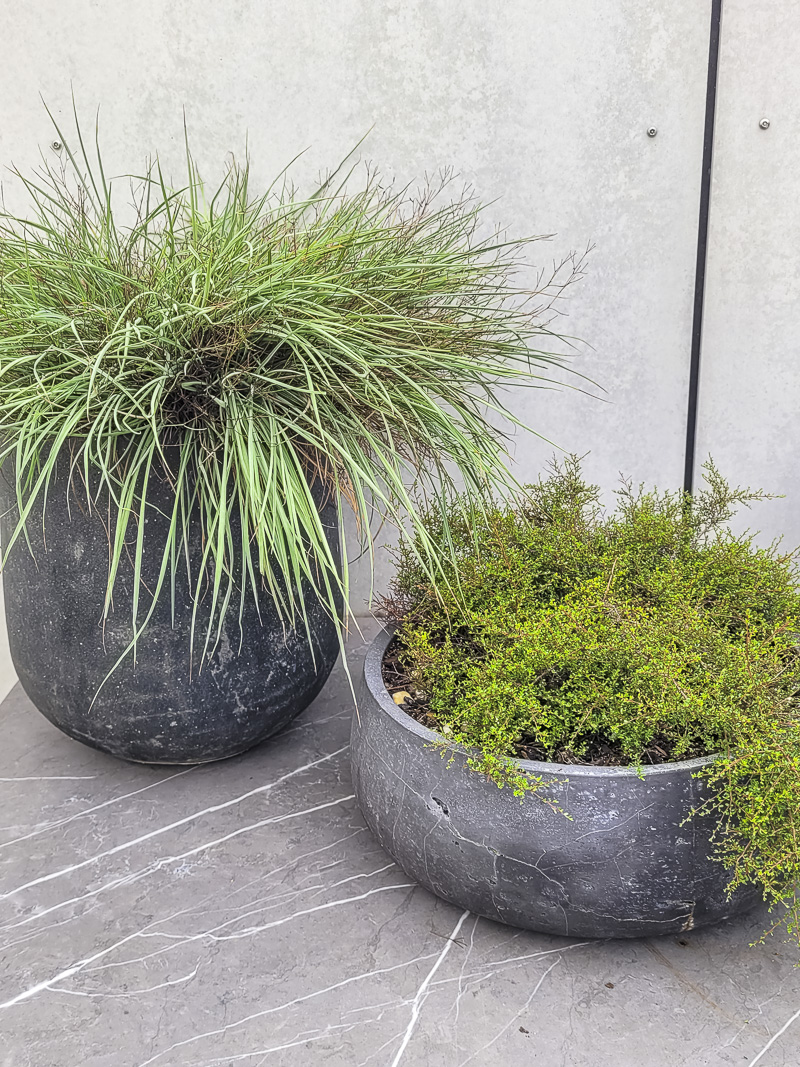
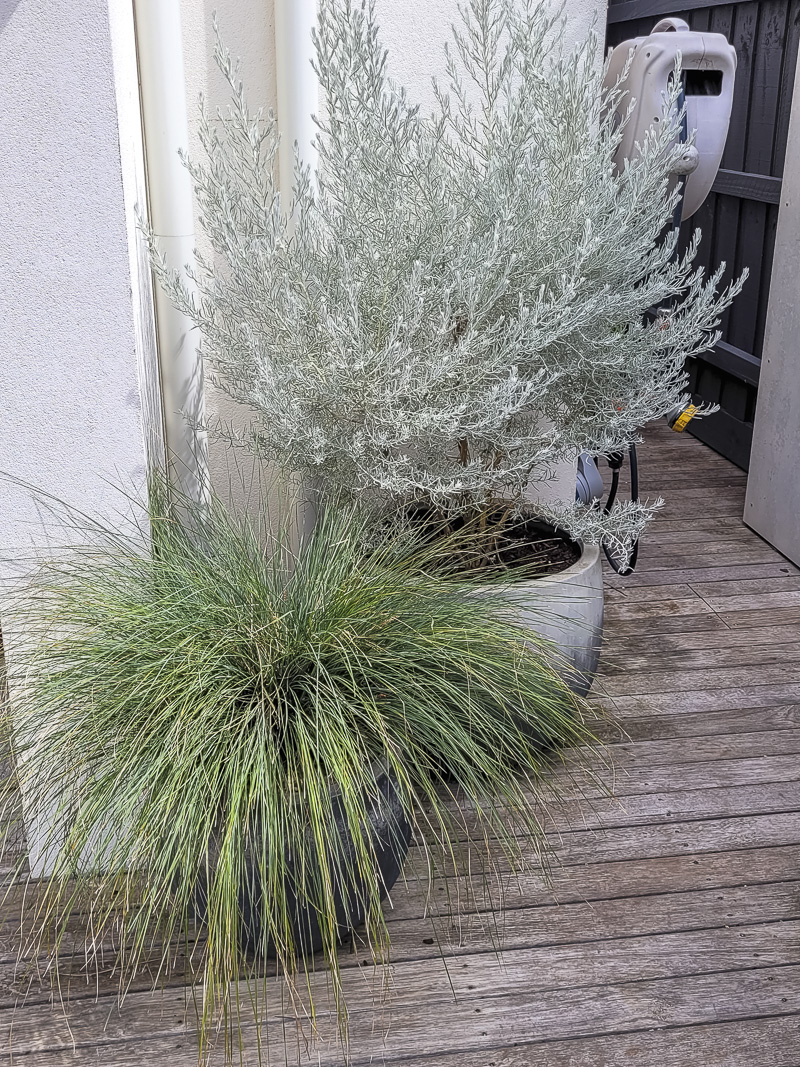
With such a range of potential applications why not try some Lomandra species in your Australian landscape design?
 Australian Native Plants Society (Australia)
Australian Native Plants Society (Australia)